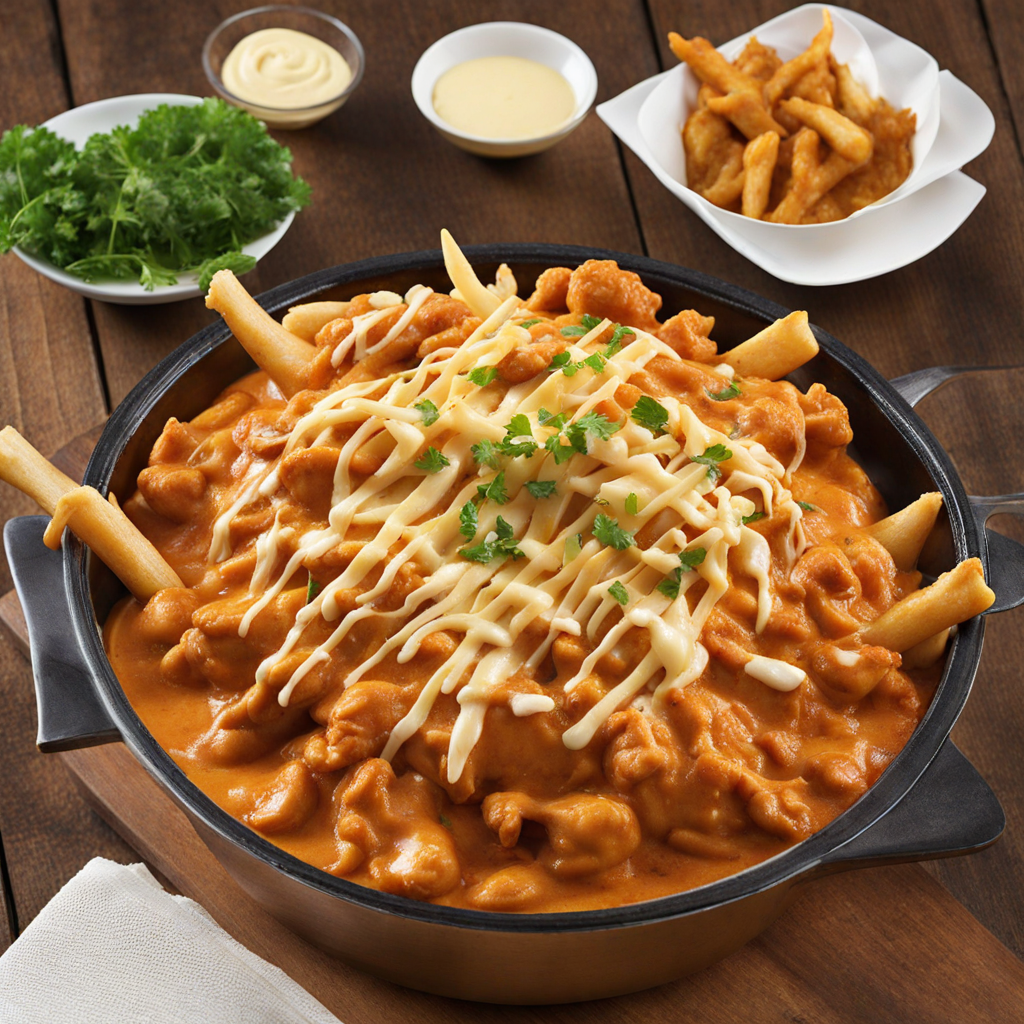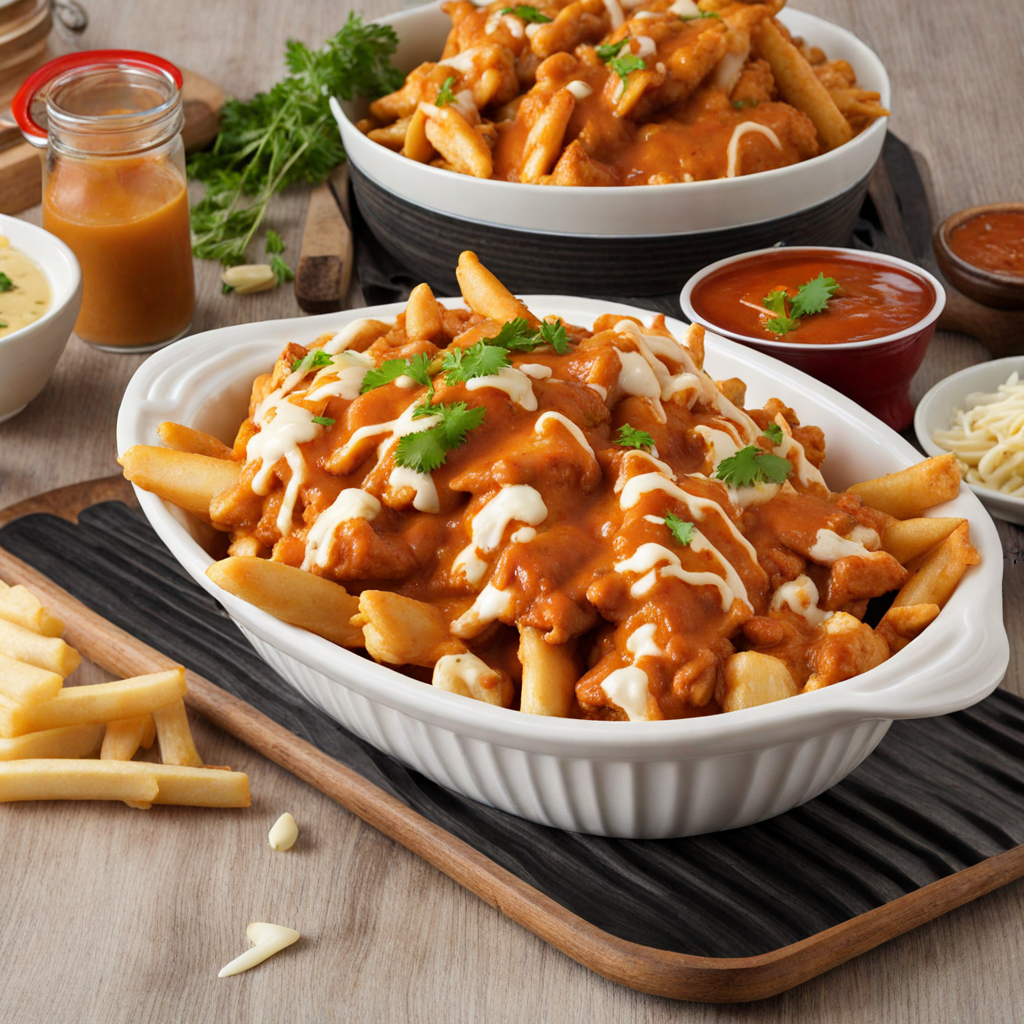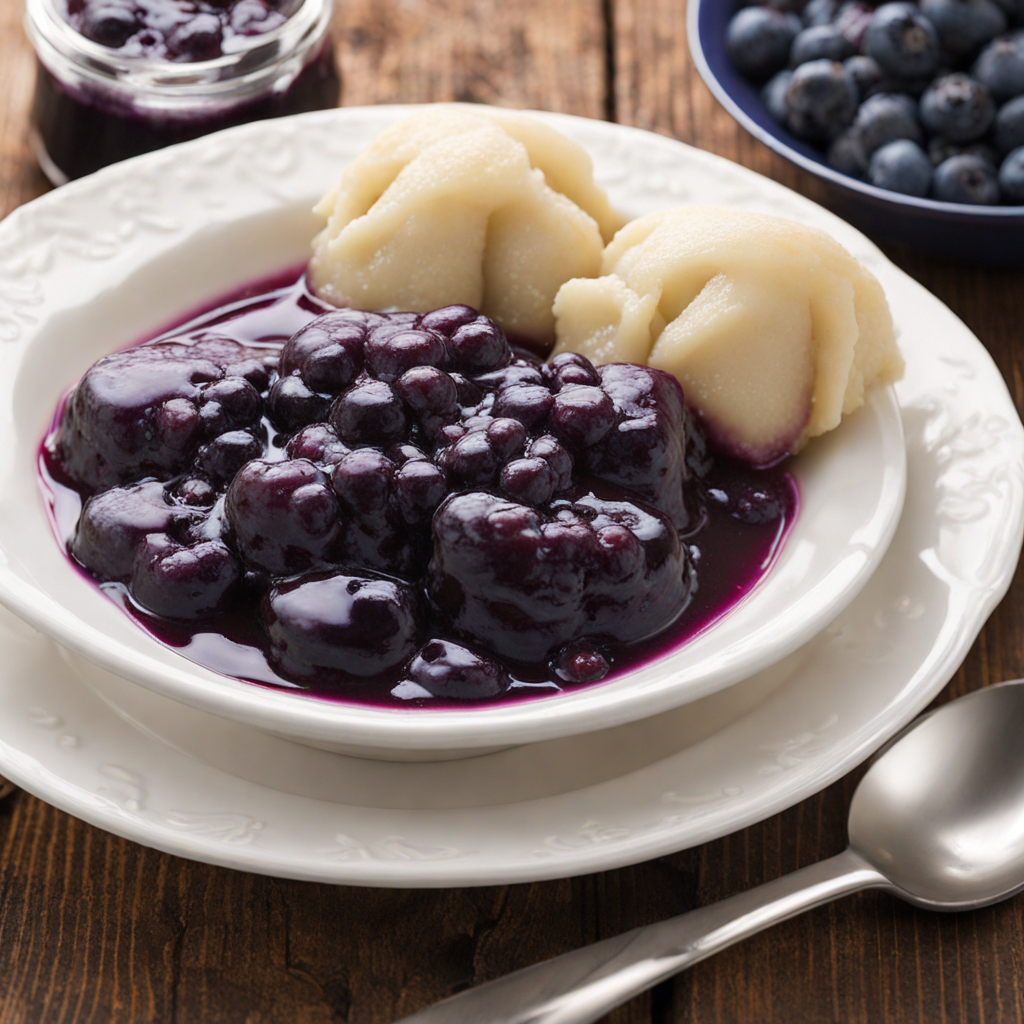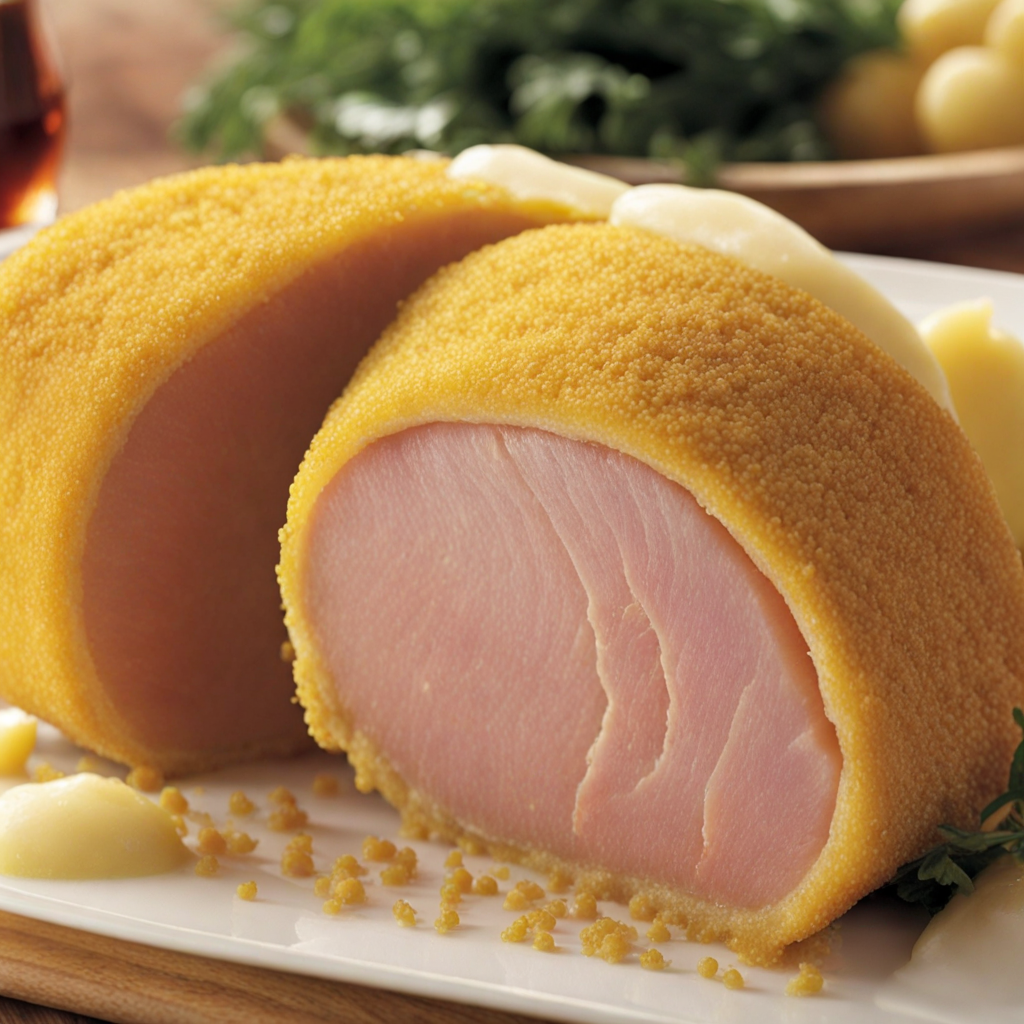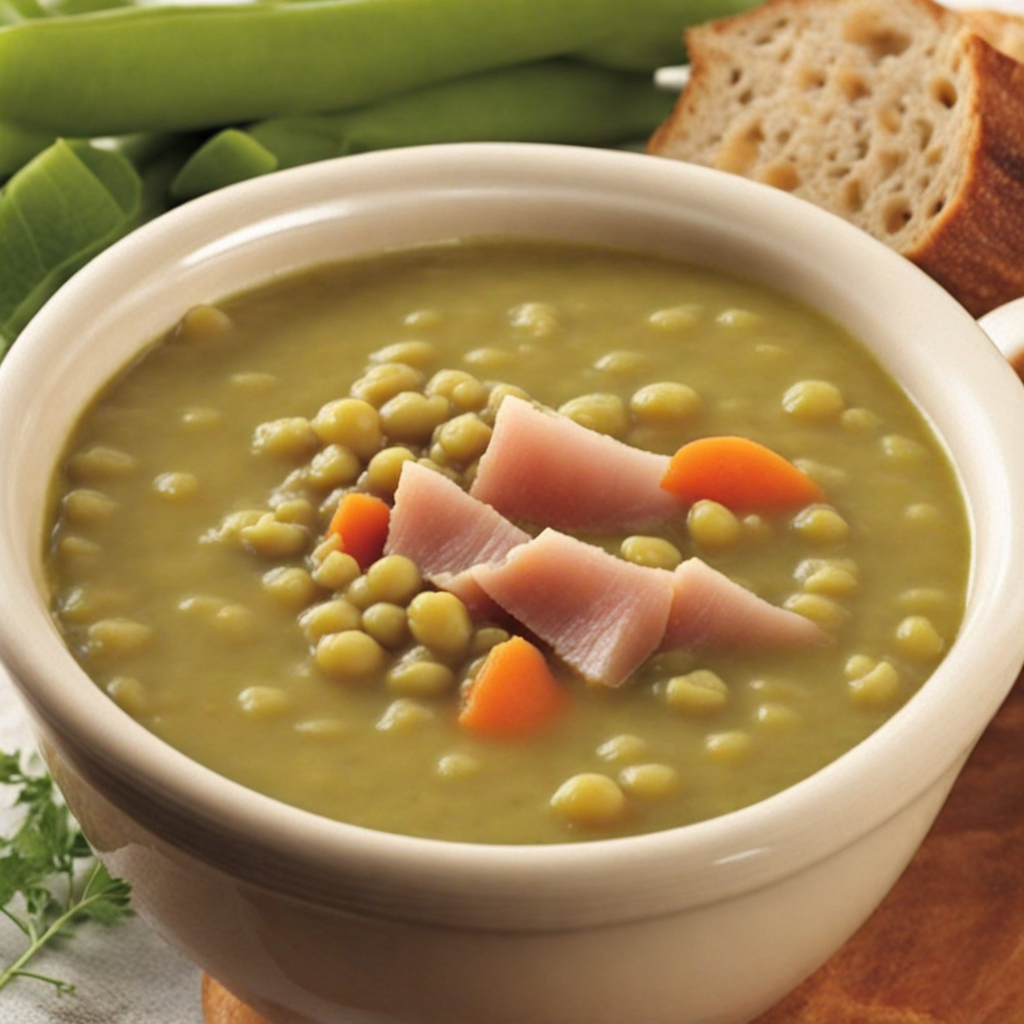Butter Chicken Poutine
Butter Chicken Poutine is a mouth-watering fusion dish that beautifully marries two beloved culinary traditions: Canadian comfort food and Indian flavors. At its core, this dish features crispy French fries, which serve as the perfect base for a rich and creamy butter chicken sauce. The fries are typically golden-brown and fluffy on the inside, providing a delightful contrast to the velvety sauce that cloaks them. This unique combination showcases the best of both worlds, making it an irresistible choice for food enthusiasts looking to explore new tastes. The butter chicken sauce, known for its aromatic spices and buttery smoothness, elevates this poutine to a whole new level. Made with tender pieces of chicken simmered in a sauce of tomatoes, cream, and a blend of spices such as garam masala, cumin, and coriander, it offers a burst of flavor with each bite. The sauce is generously poured over the fries, allowing them to soak up the deliciousness, creating a harmonious balance of flavors that dances on the palate. The addition of fresh cilantro as a garnish not only enhances the visual appeal but also adds a refreshing herbal note that complements the rich sauce. To further enhance the experience, many variations of Butter Chicken Poutine include toppings like cheese curds, which melt beautifully under the warm sauce, creating an indulgent layer of texture. Some versions may offer a sprinkle of green onions or a drizzle of hot sauce for an extra kick. This dish is perfect for those who seek comfort food with a twist, inviting diners to indulge in a hearty meal that celebrates the vibrant tastes of Canada and India in every bite.
How It Became This Dish
The History of Poutine au Poulet au Beurre: A Canadian Culinary Delight Poutine, a quintessential Canadian dish that has transcended its humble beginnings, has evolved into a national symbol of comfort food, particularly in the province of Quebec. Among its many variations, "Poutine au Poulet au Beurre" stands out as a rich, indulgent twist that combines the classic elements of poutine with the beloved flavors of butter chicken—a dish with its own intriguing history. To understand the significance of this dish, we must delve into its origins, cultural resonance, and culinary evolution. #### Origins of Poutine Poutine, as we know it today, emerged in rural Quebec in the late 1950s. While the exact birthplace is a matter of heated debate among towns in the province, it is widely accepted that it originated in the region of La Laurence or the Eastern Townships. The dish consists of french fries topped with cheese curds and smothered in gravy. Its name, which loosely translates to "a mess" or "a puddle," aptly describes its chaotic but delicious presentation. The combination of fries, cheese, and gravy is believed to have been inspired by the local farming culture, where hearty, filling foods were essential to sustain laborers throughout their long days. The introduction of cheese curds, a staple in Quebec’s dairy industry, added a unique texture and flavor that distinguished poutine from other fry-based dishes. #### The Rise of Poutine’s Popularity By the 1970s, poutine began to gain popularity beyond its humble origins. The dish became a staple at diners and roadside establishments, where it was often enjoyed after a night out. This surge in popularity coincided with a cultural renaissance in Quebec, characterized by a resurgence of interest in regional foods and traditions. As poutine became more mainstream, various iterations emerged, each showcasing the creativity of chefs and home cooks alike. In the 1980s and 1990s, poutine made its way onto menus across Canada and eventually gained international recognition. Fast-food chains began to offer their own versions, further solidifying poutine’s status as an iconic Canadian dish. From this foundation, variations began to flourish, leading to the eventual creation of "Poutine au Poulet au Beurre." #### The Influence of Butter Chicken Butter chicken, or "Murgh Makhani," is a dish that traces its roots to India, specifically to the northern region of Punjab. Legend has it that it was created in the 1950s at the Moti Mahal restaurant in Delhi, where leftover chicken was cooked in a buttery, spiced tomato sauce. This dish quickly gained popularity, not just in India but around the world, celebrated for its rich flavors and creamy texture. The arrival of Indian immigrants to Canada in the latter half of the 20th century brought with it an appreciation for Indian cuisine, and soon, butter chicken found its way into the Canadian culinary landscape. Canadian adaptations of butter chicken often reflect local tastes and ingredients, leading to the fusion of traditional Indian flavors with classic Canadian fare. #### The Birth of Poutine au Poulet au Beurre The concept of Poutine au Poulet au Beurre emerged as a natural fusion of these two beloved dishes—poutine and butter chicken. The dish takes the foundational elements of poutine and layers them with the rich, flavorful chicken and creamy sauce that characterize butter chicken. Typically, Poutine au Poulet au Beurre starts with a base of crispy french fries, which are then topped with cheese curds. The crowning glory is a generous ladle of butter chicken gravy, often made with tender pieces of chicken simmered in a spiced tomato and cream sauce. This combination creates a dish that is not only visually appealing but also a symphony of flavors and textures—a mix of crispy, gooey, and creamy. #### Cultural Significance Poutine au Poulet au Beurre is more than just a dish; it symbolizes the evolving nature of Canadian cuisine. As Canada is a mosaic of cultures and traditions, this dish embodies the spirit of culinary fusion that characterizes the nation. It reflects how immigrant communities have influenced Canadian food culture, leading to a blend of global flavors with local traditions. The dish has become a staple in many restaurants across Canada, particularly in urban centers like Montreal and Toronto, where food enthusiasts are eager to explore new culinary experiences. Poutine au Poulet au Beurre often appears on menus during festivals and events, showcasing the creativity of chefs who take pride in experimenting with traditional recipes. Moreover, Poutine au Poulet au Beurre resonates with the multicultural identity of Canada. As a country that celebrates diversity, the dish is emblematic of the blending of different culinary heritages, an act that fosters community and connection through food. It invites diners to appreciate the flavors of different cultures while enjoying a uniquely Canadian creation. #### Evolution and Contemporary Trends In recent years, Poutine au Poulet au Beurre has seen a resurgence in popularity, partly due to the rise of food trucks and casual dining establishments that prioritize creative comfort foods. Chefs are experimenting with different variations, incorporating local ingredients such as artisanal cheeses and house-made gravies, and even experimenting with vegan or gluten-free adaptations to cater to diverse dietary preferences. Social media has played a significant role in popularizing the dish, with food bloggers and influencers showcasing their own renditions of Poutine au Poulet au Beurre, often garnished with vibrant toppings or served in innovative ways. This visibility has helped elevate the dish from a late-night indulgence to a celebrated item in fine dining, where chefs deconstruct and reinterpret it, showcasing their culinary skills. #### Conclusion Poutine au Poulet au Beurre is a fascinating example of how food evolves, reflecting cultural influences and the changing dynamics of society. It is a dish that honors both its Canadian roots and its Indian inspirations, creating a unique culinary experience that is both comforting and exciting. As it continues to be embraced by chefs and food lovers alike, Poutine au Poulet au Beurre stands as a testament to the rich tapestry of Canadian cuisine, where tradition meets innovation in a deliciously satisfying way. Through this dish, one can taste the stories of the past while savoring the flavors of the present, making it a true icon of Canadian food culture.
You may like
Discover local flavors from Canada


